Neuroscience

Neurotransmitter receptors function via various G-protein coupled and G-protein independent mechanisms that activate downstream intracellular signaling pathways such as cAMP/PKA, PI3K/AKT, phospholipase A2, and phospholipase C pathways. For instance, dopamine receptors act through adenylate cyclase to activate PKA and other signaling molecules, thereby mediate gene expression through the actions of CREB and other transcription factors. Other neurotransmitters such as NMDAR or AMPAR are associated with ion channels that control flux of Ca2+ and Na+, thus propagating the action potential across the post-synaptic neuron.
Dysfunctions in GABAergic/glutamatergic/serotonergic/dopaminergic pathways result in a broad range of neurological disorders such as chronic pain, neurodegenerative diseases, and insomnia, as well as mental disorders including schizophrenia, bipolar disorder, depression, and addiction.
-
 B6209 γDGGSummary: glutamate receptor antagonist
B6209 γDGGSummary: glutamate receptor antagonist -
 B6949 DAU 5884 hydrochlorideSummary: muscarinic M3 receptor antagonist
B6949 DAU 5884 hydrochlorideSummary: muscarinic M3 receptor antagonist -
 B6990 DMAB-anabaseine dihydrochlorideSummary: α7-containing neuronal nicotinic receptor partial agonist
B6990 DMAB-anabaseine dihydrochlorideSummary: α7-containing neuronal nicotinic receptor partial agonist -
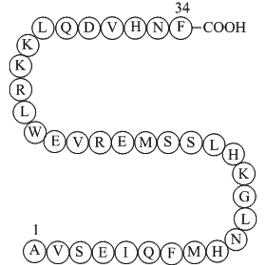 A1114 Parathyroid Hormone (1-34), bovineSummary: Enhancer of blood calcium level
A1114 Parathyroid Hormone (1-34), bovineSummary: Enhancer of blood calcium level -
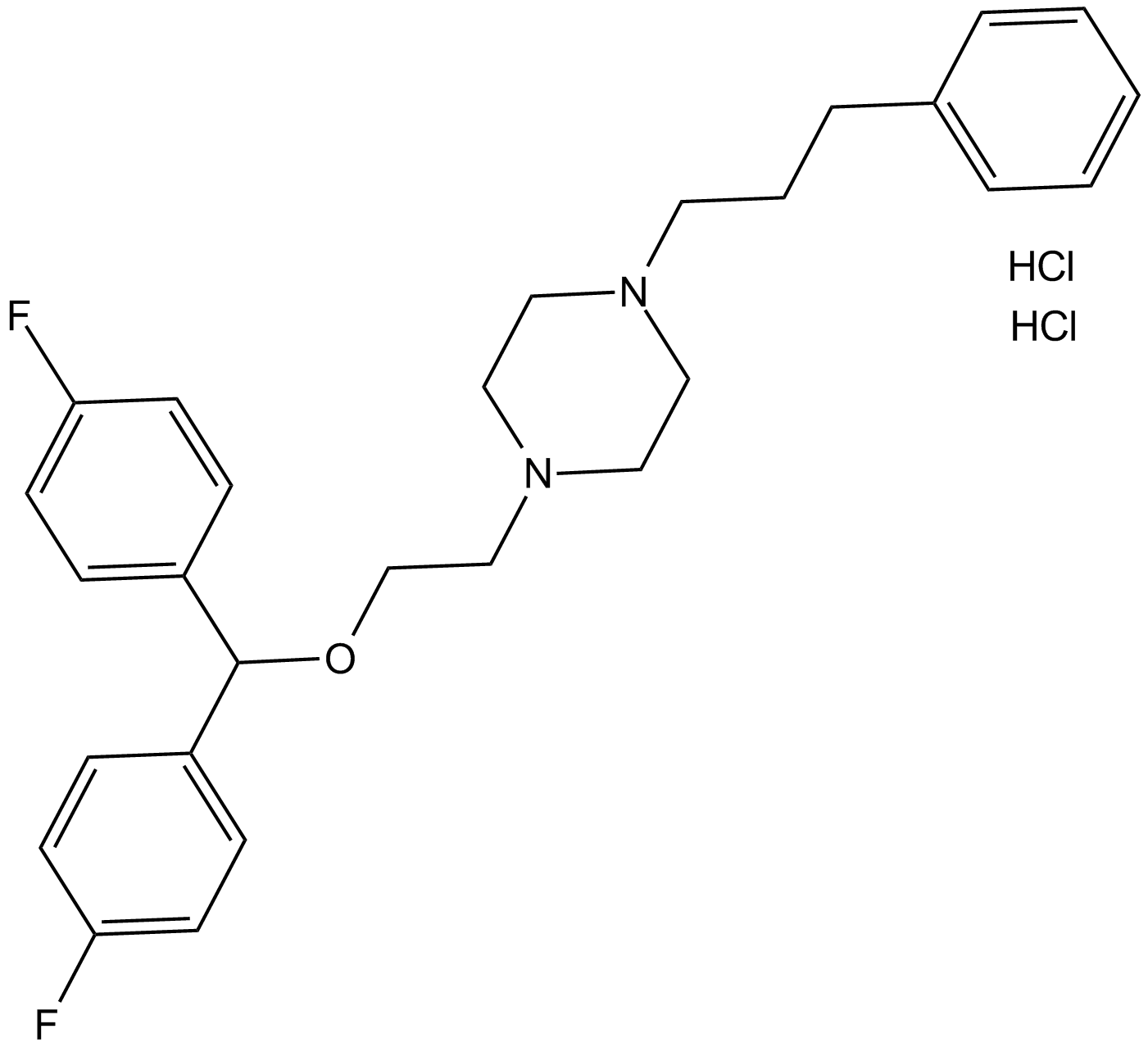 B3248 Vanoxerine dihydrochloride1 CitationSummary: potent and selective DRI (Dopamine reuptake inhibitor)
B3248 Vanoxerine dihydrochloride1 CitationSummary: potent and selective DRI (Dopamine reuptake inhibitor) -
 A3933 WAY-100635Summary: 5-HT1A receptor antagonist,potent and selective
A3933 WAY-100635Summary: 5-HT1A receptor antagonist,potent and selective -
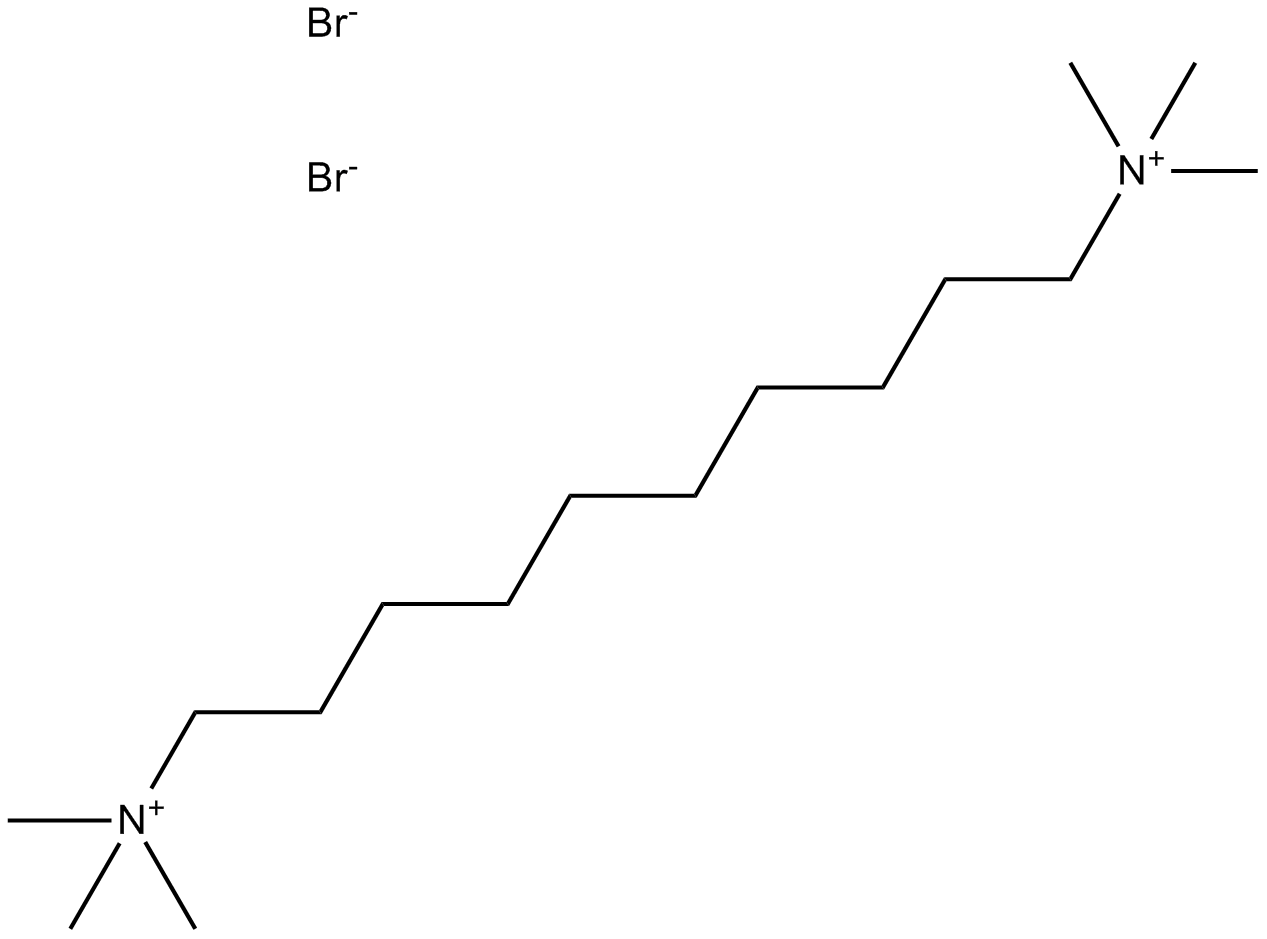 B1601 Decamethonium BromideSummary: Nicotinic AChR partial agonist
B1601 Decamethonium BromideSummary: Nicotinic AChR partial agonist -
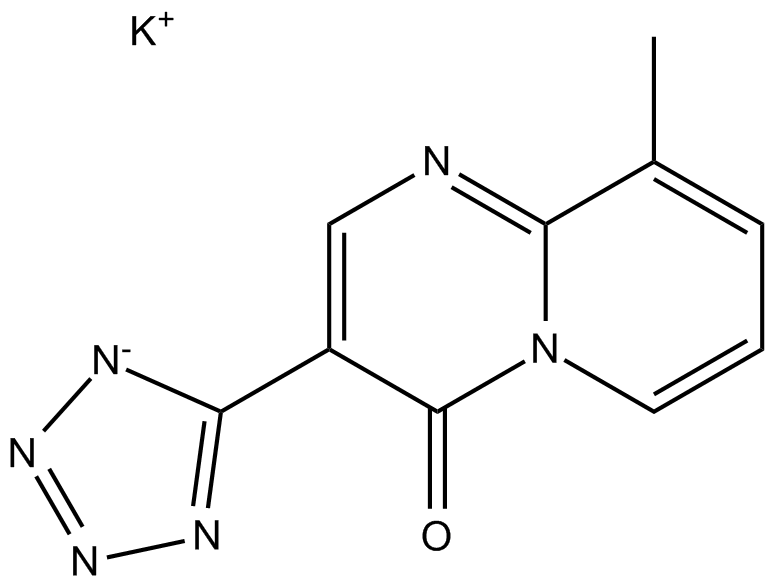 B1563 Pemirolast potassiumTarget: Histamine H1 ReceptorsSummary: Histamine H1 receptor antagonist
B1563 Pemirolast potassiumTarget: Histamine H1 ReceptorsSummary: Histamine H1 receptor antagonist -
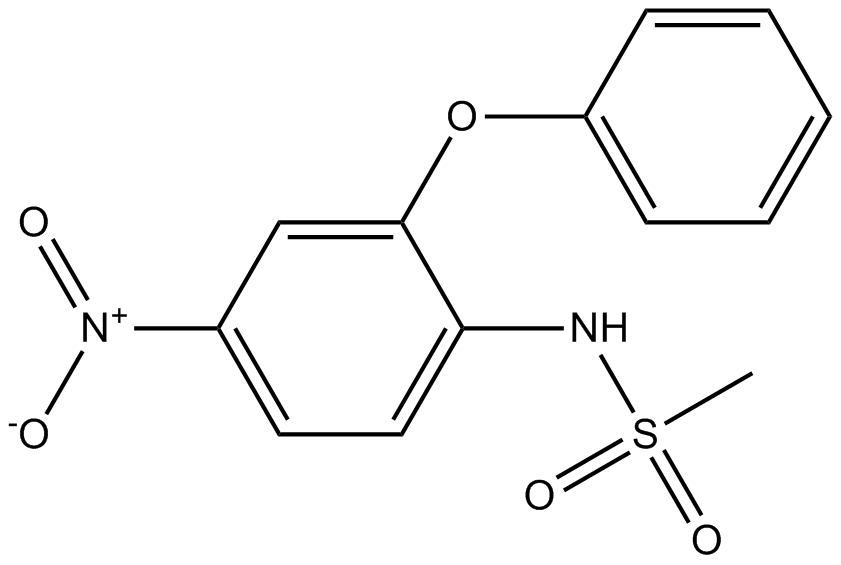 B1452 NimesulideSummary: Non-steroidal anti-inflammatory drug
B1452 NimesulideSummary: Non-steroidal anti-inflammatory drug -
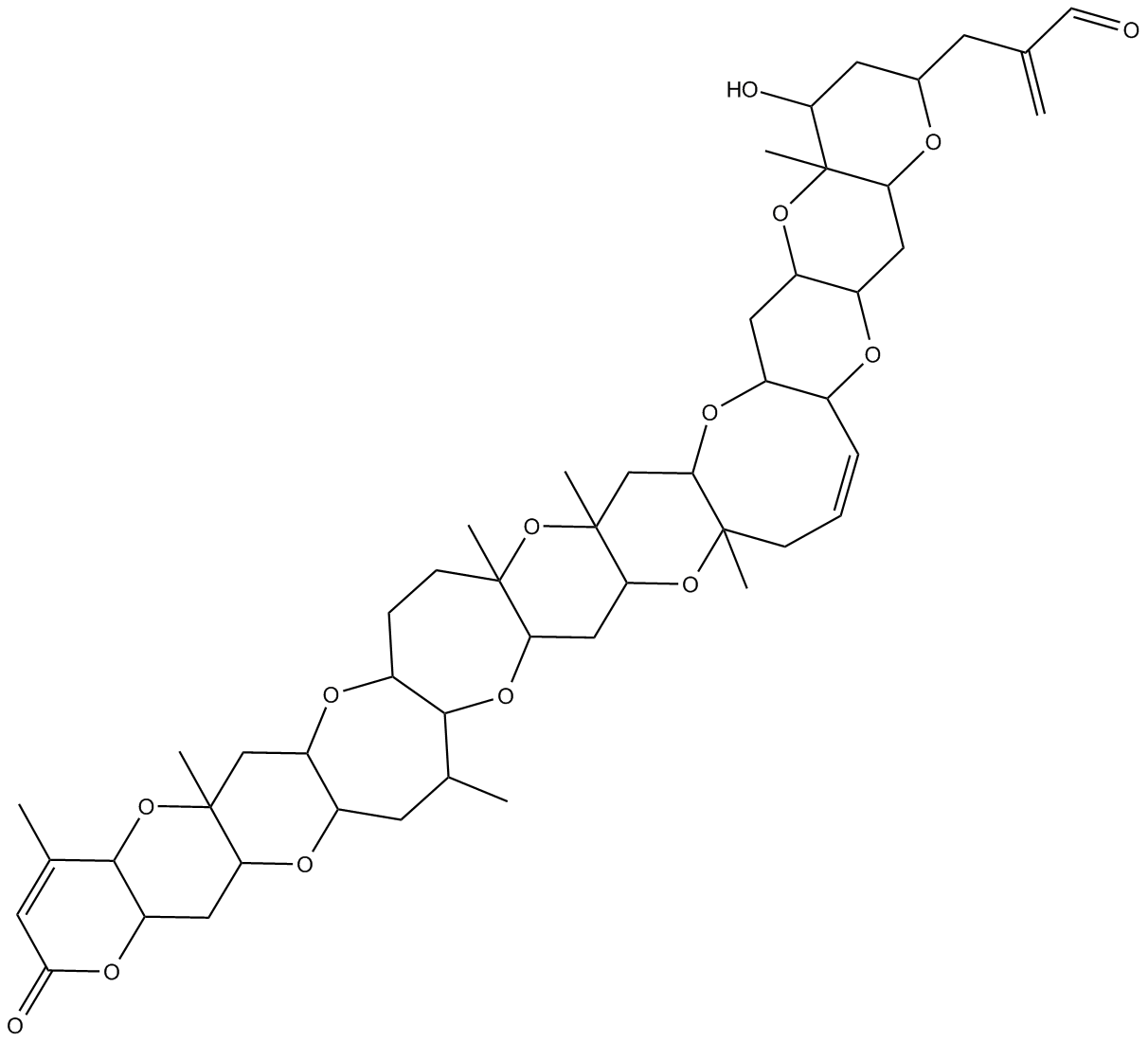 B6950 α-BungarotoxinSummary: α7 nAChR antagonist
B6950 α-BungarotoxinSummary: α7 nAChR antagonist

